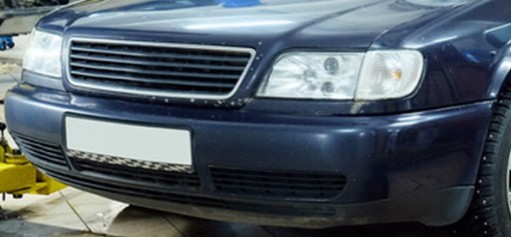
Defensive Driving Techniques
Defensive driving is one of the most important things you can do to prevent injury on the job. Let’s take a look at the meaning of driving defensively and discuss techniques for staying safe.
What is defensive driving?
Defensive driving means anticipating dangerous situations by taking into account the actions of others and the presence of adverse driving conditions. Simply stated, defensive driving means being completely ready for potential surprises on the road.
What does defensive driving require?
Defensive driving requires the knowledge and strict observance of all traffic rules and regulations applicable to the area in which the vehicle is being operated. A successful defensive driver will never be involved in a preventable accident. Defensive driving requires:
- A constant alertness for the illegal acts and driving errors of other drivers, and a willingness to make timely adjustments in your own driving so that these actions will not cause you to get into an accident.
An understanding and anticipation of adjustments you may need to make in your driving for hazards presented by unusual or changing conditions. Such conditions include the mechanical functioning of your vehicle, type of road surface, weather, light, amount of traffic, and your physical condition and state of mind.
- A thorough knowledge of the rules of right of way and a willingness to give way to another driver whenever necessary to avoid an accident.
- An attitude of confidence that you can drive without ever having a preventable accident.
Three Basic Steps to Driving Defensively
Strive to follow these three basic steps:
- See the hazard. When driving, think about what is going to happen or what may happen as far ahead of encountering a situation as possible.
- Understand the defence. Specific situations require specific ways of reacting. Become familiar with the unusual conditions that you may face and learn how to handle them.
- Act in time. Once you’ve noted a hazard and understand the defence against it, act as soon as possible! Never take a “wait and see what happens” attitude when driving.
By remembering these three steps and keeping good driving techniques in mind, you will learn to tailor your own driving behaviour to the unexpected actions of other drivers and pedestrians.
You’ll also be ready to adapt to the unpredictable and ever-changing factors of light, weather, road and traffic conditions, the mechanical condition of your vehicle and your physical ability to concentrate and drive.
Helping Your Company
Learning proper defensive driving techniques will not only protect you and others on the road from injury; it will also help protect by avoiding the property damage and liability risks that are associated with even the most minor employee driving accidents.
